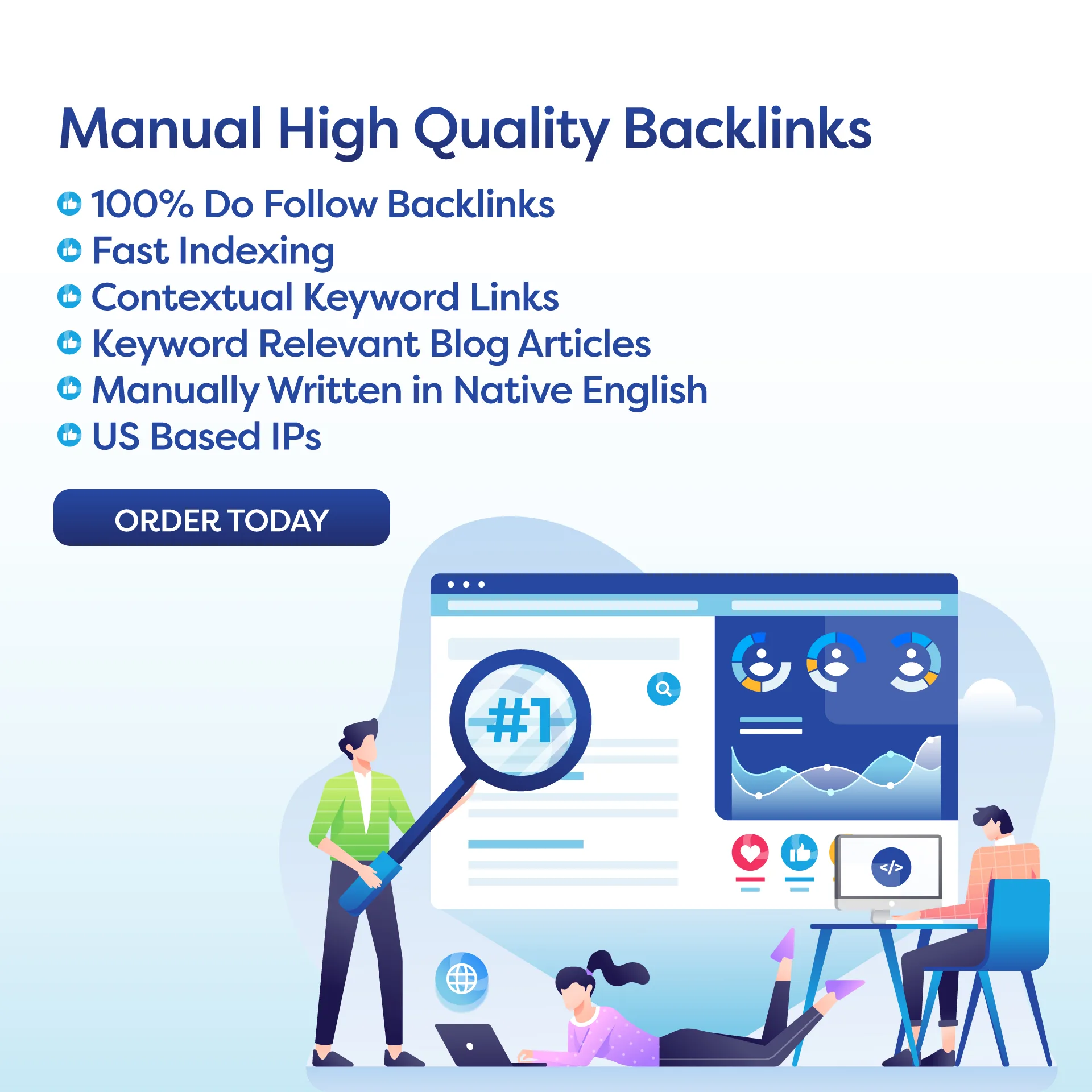**SEO Blogging Techniques: How to Nail Your Blogging Strategy**
**Introduction**
In today’s digital age, having a strong online presence is essential for businesses and entrepreneurs alike. One of the most effective ways to drive traffic to your website and increase your visibility is through blogging. However, simply writing a blog post is not enough. In order to reach your target audience and rank high on search engines, you need to incorporate SEO (search engine optimization) into your blogging strategy.
Are you struggling to get your blog noticed? Do you want to improve your search engine ranking and drive more organic traffic to your site? If so, then implementing effective SEO blogging techniques is the key to success. In this article, we will explore the essential SEO blogging techniques that will help you optimize your content and increase your online visibility.
**Key Takeaways**
1. **Keyword Research**
– Conduct thorough keyword research to identify relevant keywords for your blog post.
– Use tools like Google Keyword Planner, SEMrush, or Ahrefs to discover high-volume keywords with low competition.
2. **On-Page SEO**
– Optimize your blog post title, meta description, headings, and content with targeted keywords.
– Use internal and external links to improve your website’s SEO and increase your credibility.
3. **Quality Content**
– Write high-quality, engaging content that provides value to your readers.
– Incorporate multimedia elements like images, videos, and infographics to enhance the user experience.
4. **Mobile Optimization**
– Ensure your blog is mobile-friendly and responsive on all devices.
– Use a responsive design and optimize images and videos for faster loading speeds.
**Keyword Research**
**1.1 Choosing the Right Keywords**
When it comes to SEO blogging techniques, keyword research is the foundation of your strategy. Before you start writing your blog post, you need to identify the keywords that are relevant to your topic. Start by brainstorming a list of potential keywords that your target audience might use to search for your content. Then, use keyword research tools like Google Keyword Planner or SEMrush to find high-volume keywords with low competition. By targeting these keywords in your blog post, you can improve your chances of ranking higher in search engine results.
**1.2 Long-Tail Keywords**
In addition to targeting broad keywords, consider incorporating long-tail keywords into your content. Long-tail keywords are more specific phrases that are likely to be used by users who are further along in the buying cycle. By targeting long-tail keywords in your blog posts, you can attract a more targeted audience and increase your chances of conversion.
**On-Page SEO**
**2.1 Optimizing Your Blog Post Title**
Your blog post title is one of the most important elements for SEO. Make sure your title is descriptive, engaging, and includes your targeted keyword. Keep your title under 70 characters to ensure it displays properly in search engine results pages.
**2.2 Meta Description**
The meta description is a brief summary of your blog post that appears below the title in search engine results. Make sure to include your targeted keyword in the meta description and keep it concise and engaging to encourage users to click through to your site.
**Quality Content**
**3.1 Writing Engaging Content**
In order to keep readers engaged and encourage them to return to your site, it’s important to write high-quality, engaging content. Start by clearly defining your topic and providing valuable information to your readers. Break up your content with headings, bullet points, and images to improve readability.
**3.2 Using Multimedia Elements**
Incorporating multimedia elements like images, videos, and infographics can enhance the user experience and make your content more engaging. Make sure to optimize your images and videos for SEO by including descriptive alt text and relevant keywords.
**Mobile Optimization**
**4.1 Responsive Design**
With the increasing use of mobile devices, it’s essential to ensure your blog is mobile-friendly and responsive on all devices. Use a responsive design that adapts to different screen sizes and resolutions to provide a seamless user experience.
**4.2 Loading Speed**
Optimizing your blog for faster loading speeds is crucial for both user experience and SEO. Compress images, minify code, and use a content delivery network (CDN) to improve your website’s loading speed and increase your chances of ranking higher in search engine results.
**Action Plan**
1. Conduct keyword research to identify relevant keywords for your blog post.
2. Optimize your blog post title, meta description, and content with targeted keywords.
3. Write high-quality, engaging content that provides value to your readers.
4. Ensure your blog is mobile-friendly and responsive on all devices.
**Conclusion**
By implementing these SEO blogging techniques, you can optimize your content, improve your search engine ranking, and drive more organic traffic to your site. Remember to conduct keyword research, optimize your on-page SEO elements, write quality content, and optimize your blog for mobile devices. With a well-planned SEO blogging strategy, you can take your blog to the next level and reach a wider audience online.
**FAQs**
**Q: What is the importance of keyword research in SEO blogging?**
A: Keyword research helps you identify relevant keywords for your blog post and improve your chances of ranking higher in search engine results.
**Q: How can I optimize my blog for mobile devices?**
A: Ensure your blog has a responsive design, optimized images, and fast loading speeds to provide a seamless user experience on all devices.
**Q: Why is quality content important for SEO blogging?**
A: Writing high-quality, engaging content helps keep readers engaged, encourages them to return to your site, and improves your search engine ranking.

